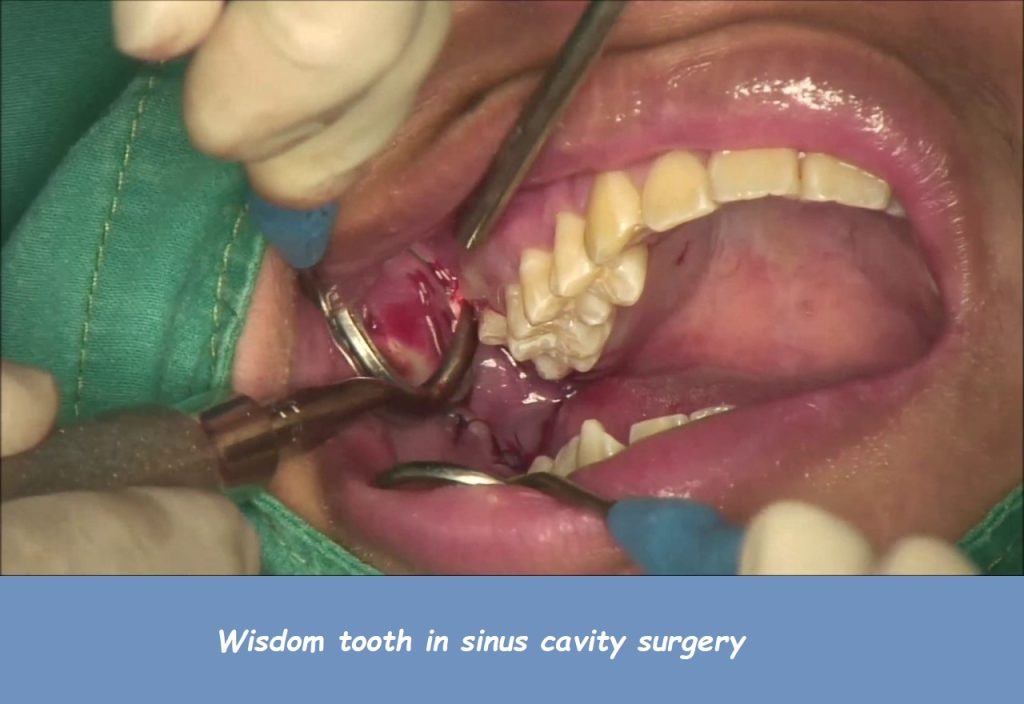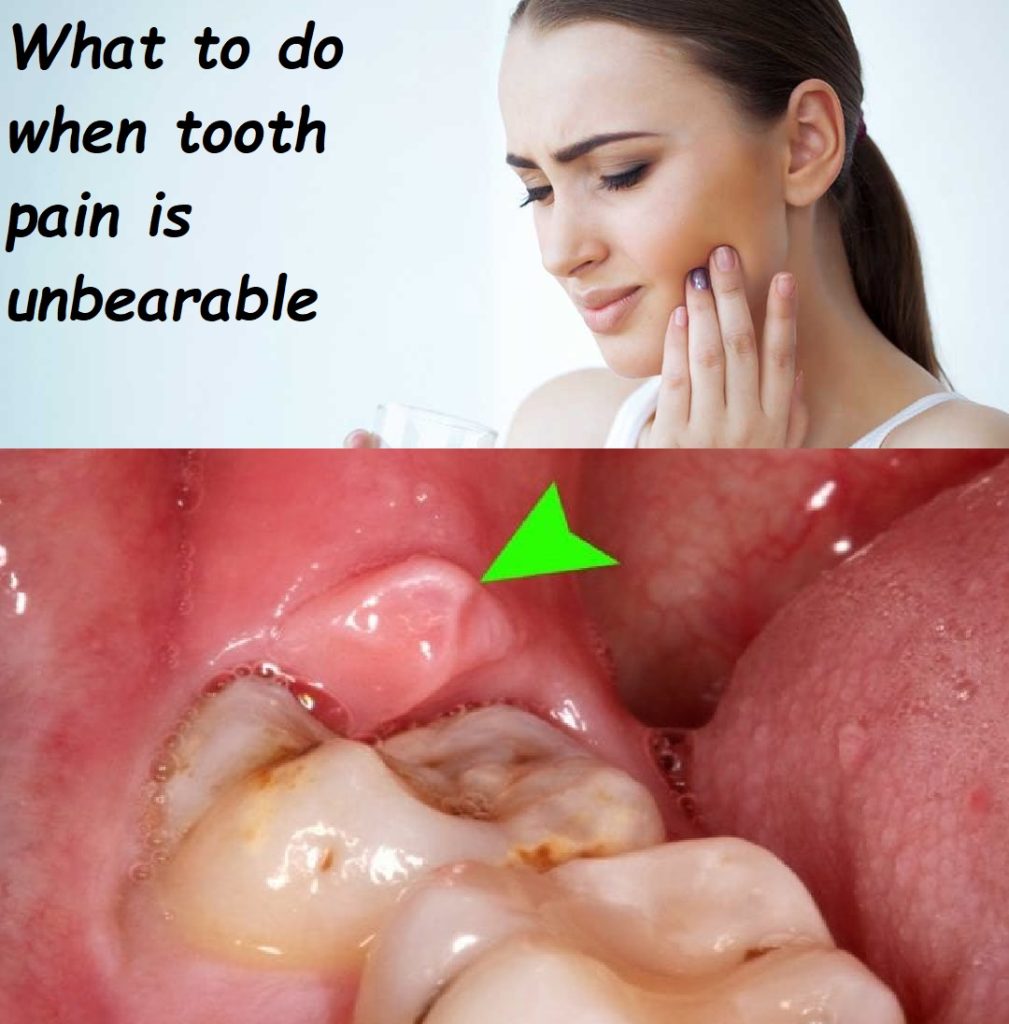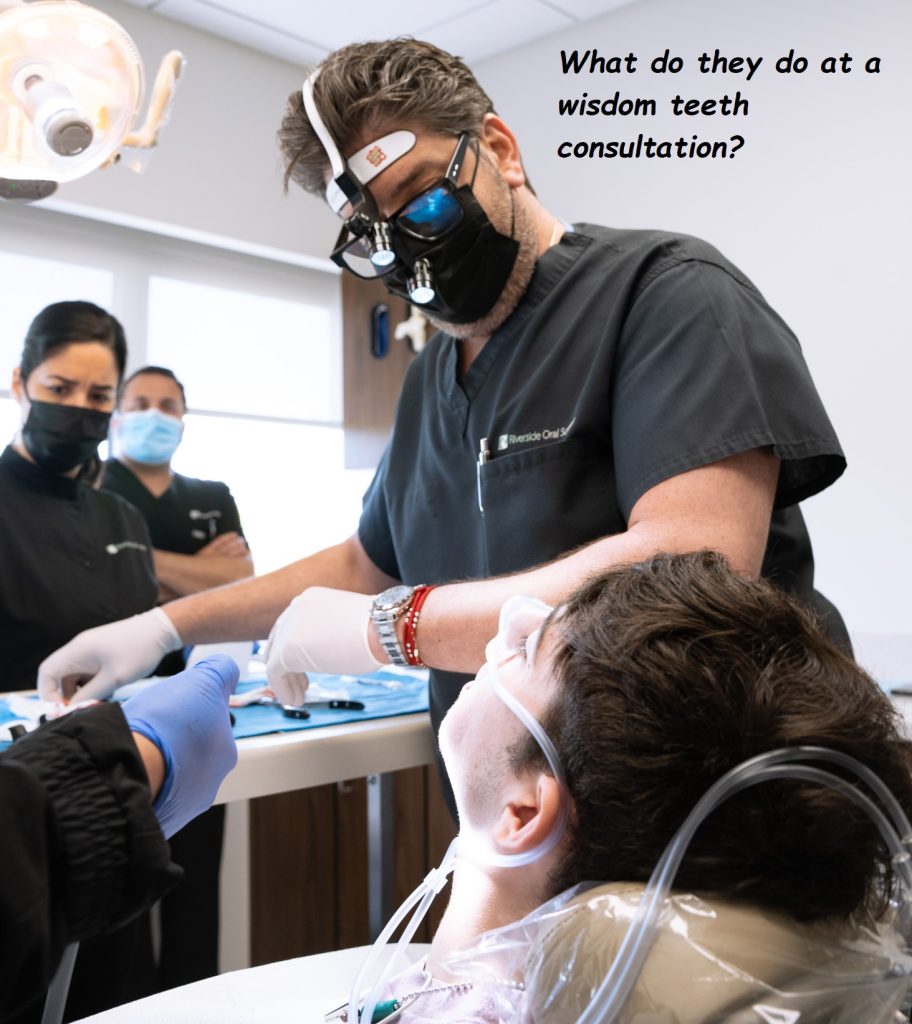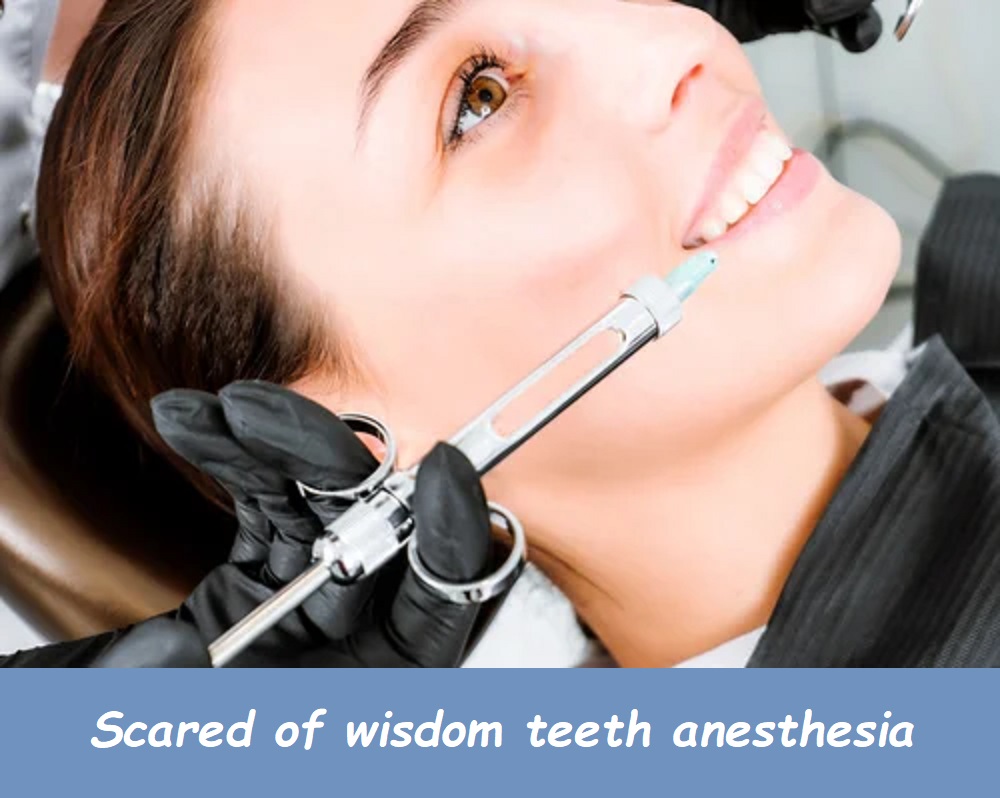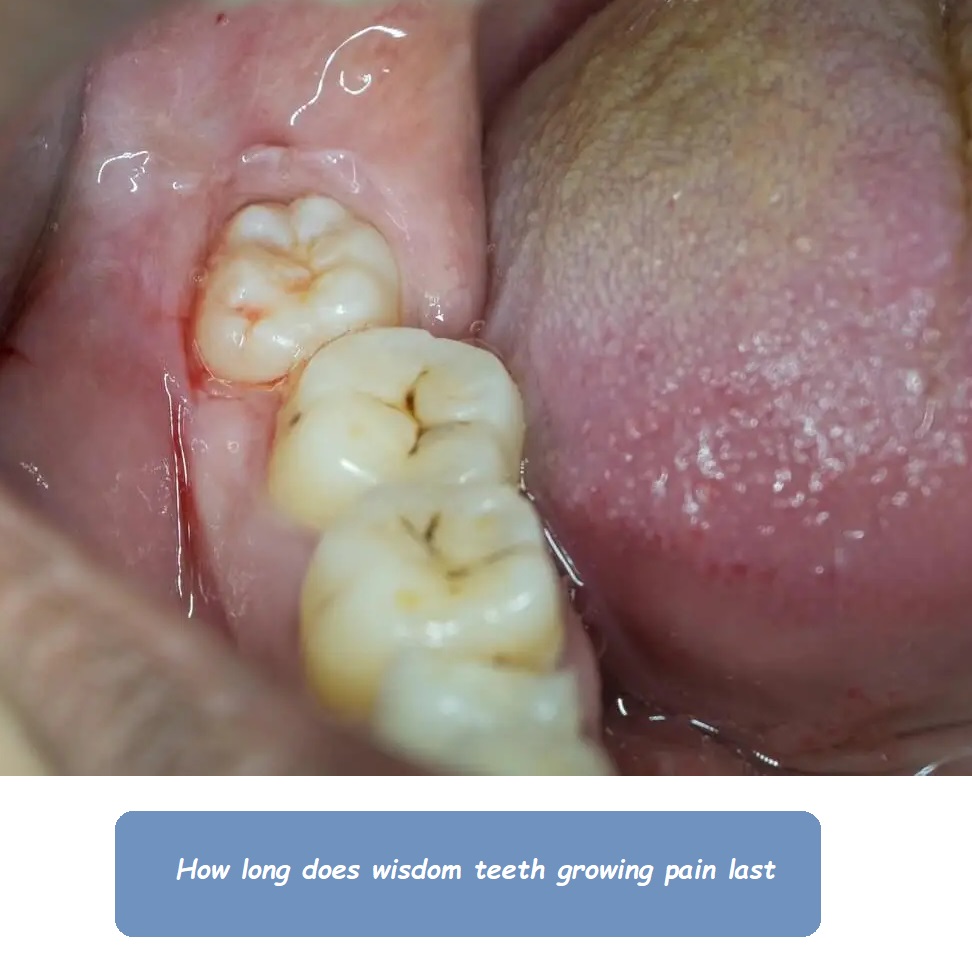Worst day after wisdom teeth removal
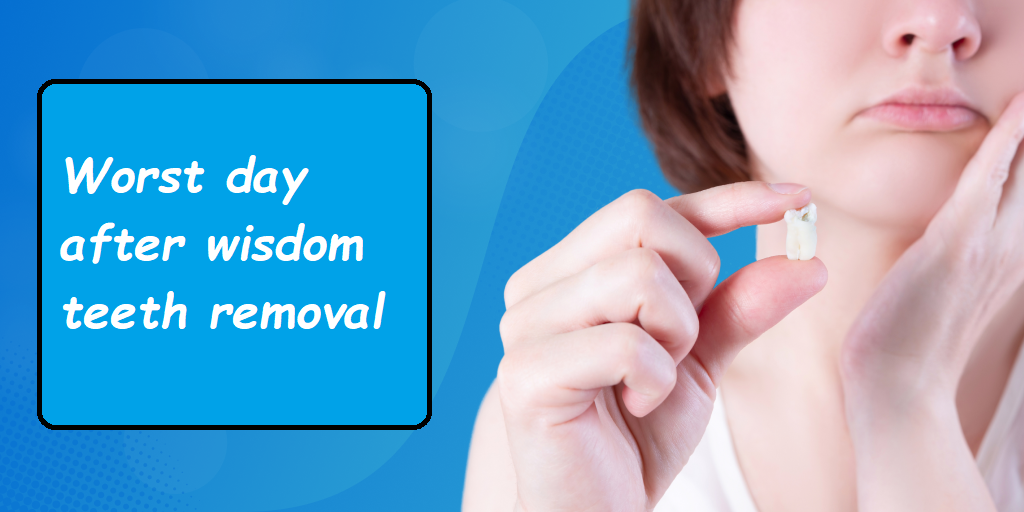
The Worst Day After Wisdom Teeth Removal: What to Expect and How to Cope
Wisdom teeth removal is a common procedure, but the recovery process can be challenging, particularly on the second or third day post-surgery, which many refer to as the “worst day.” This period is often marked by increased pain, swelling, and discomfort. Understanding what to expect and how to manage these symptoms can help you navigate this difficult time more effectively. This comprehensive guide will provide you with all the information you need to cope with the worst day after wisdom teeth removal.
Understanding the Worst Day After Wisdom Teeth Removal
Why the Second or Third Day is the Worst
The second or third day after wisdom teeth removal is often the worst because this is when inflammation and swelling peak. The initial effects of anesthesia and strong pain medications from the day of surgery have worn off, and your body’s natural inflammatory response is in full swing.
Common Symptoms
- Increased Pain: Pain tends to peak around this time, making it more challenging to manage.
- Swelling: Swelling reaches its maximum, which can cause significant discomfort and difficulty in opening your mouth.
- Bruising: Bruising may become more noticeable on the second or third day.
- Difficulty Eating and Drinking: Increased pain and swelling can make it harder to consume even soft foods and liquids.
Coping with Pain and Discomfort
Pain Management
Prescription Pain Medication
Your dentist or oral surgeon will likely prescribe pain medication. Take it as directed to help manage your pain effectively. Do not wait until the pain is unbearable to take your medication.
Over-the-Counter Pain Relievers
In addition to prescription medication, over-the-counter pain relievers like ibuprofen or acetaminophen can help manage pain and reduce inflammation. Always follow the dosage instructions on the label and consult with your dentist if you are unsure.
Cold Compresses
Applying cold compresses or ice packs to your cheeks can help reduce swelling and numb the area, providing temporary pain relief. Use the ice pack for 15-20 minutes at a time, with breaks in between.
Elevate Your Head
Keeping your head elevated, especially while sleeping, can help reduce swelling and discomfort. Use extra pillows to prop up your head.
Managing Swelling and Bruising
Cold Therapy
Continue using ice packs for the first 48 hours after surgery. This helps reduce swelling and bruising. After 48 hours, you can switch to warm compresses to help reduce swelling and promote healing.
Stay Hydrated
Drink plenty of fluids to stay hydrated, but avoid using a straw, as the sucking motion can dislodge the blood clot and lead to dry socket.
Soft Foods Diet
Stick to a soft food diet to avoid irritating the surgical site. Good options include:
- Mashed potatoes
- Smoothies (without a straw)
- Yogurt
- Applesauce
- Pudding
- Scrambled eggs
Oral Hygiene Practices
Gentle Brushing
Continue to brush your teeth, but be gentle around the surgical site. Use a soft-bristled toothbrush and avoid the area directly around the extraction site to prevent irritation.
Saltwater Rinse
After the first 24 hours, gently rinse your mouth with a saltwater solution several times a day. This helps keep the area clean and promotes healing.
Avoid Commercial Mouthwashes
Commercial mouthwashes can be too harsh for the healing site and may cause irritation. Stick to saltwater rinses unless otherwise directed by your dentist.
Dealing with Emotional and Physical Fatigue
Rest
Rest is crucial for recovery. Take it easy and avoid strenuous activities. Allow your body the time it needs to heal.
Stay Positive
It’s normal to feel a bit down or frustrated during recovery, especially on the worst day. Stay positive and remind yourself that this discomfort is temporary and part of the healing process.
Distraction Techniques
Distracting yourself with movies, books, or gentle activities can help take your mind off the discomfort.
Potential Complications to Watch For
Dry Socket
Dry socket occurs when the blood clot at the extraction site becomes dislodged, exposing the underlying bone and nerves. Symptoms include severe pain, a bad taste in your mouth, and visible bone in the socket. If you suspect dry socket, contact your dentist immediately.
Infection
Signs of infection include increased pain, swelling, redness, and a foul taste or odor in your mouth. Fever and chills can also indicate infection. If you experience these symptoms, contact your dentist.
Prolonged Bleeding
Some bleeding is normal after wisdom teeth removal, but if you experience excessive or prolonged bleeding, contact your dentist. Biting down on a gauze pad can help control minor bleeding.
Persistent Numbness
It’s normal to experience some numbness immediately after surgery due to the local anesthesia. However, if numbness persists for more than a few days, contact your dentist.
FAQs About the Worst Day After Wisdom Teeth Removal
1. Why is the second or third day after wisdom teeth removal the worst?
The second or third day is often the worst because this is when inflammation and swelling peak. The initial effects of anesthesia and strong pain medications have worn off, and your body’s natural inflammatory response is in full swing.
2. How can I manage the pain on the worst day after wisdom teeth removal?
Take prescribed pain medications as directed, use over-the-counter pain relievers, apply cold compresses, and keep your head elevated to manage pain effectively.
3. What foods can I eat on the worst day after wisdom teeth removal?
Stick to soft foods like mashed potatoes, yogurt, applesauce, pudding, and scrambled eggs. Avoid using a straw and consuming hard, crunchy, or spicy foods.
4. How can I reduce swelling on the worst day after wisdom teeth removal?
Continue using ice packs for the first 48 hours, stay hydrated, and keep your head elevated to help reduce swelling.
5. When should I contact my dentist after wisdom teeth removal?
Contact your dentist if you experience severe pain not relieved by medication, signs of infection (increased pain, swelling, redness, fever), prolonged bleeding, or persistent numbness.
6. Is it normal to feel emotional or frustrated on the worst day after wisdom teeth removal?
Yes, it’s normal to feel a bit down or frustrated during recovery, especially on the worst day. Stay positive and remind yourself that this discomfort is temporary and part of the healing process.
7. Can I exercise on the worst day after wisdom teeth removal?
Avoid strenuous activities on the worst day. Rest and allow your body the time it needs to heal.
8. How long will the worst day after wisdom teeth removal last?
The worst symptoms typically peak on the second or third day and then gradually improve. By the fourth or fifth day, you should start to feel better.
9. Can I use mouthwash on the worst day after wisdom teeth removal?
Avoid commercial mouthwashes, as they can be too harsh for the healing site. Stick to gentle saltwater rinses unless otherwise directed by your dentist.
10. How can I distract myself on the worst day after wisdom teeth removal?
Distract yourself with movies, books, or gentle activities to help take your mind off the discomfort.
Conclusion
The worst day after wisdom teeth removal can be challenging, but with the right care and mindset, you can manage the discomfort and promote healing. Follow your dentist’s instructions, take your medications as directed, and use cold compresses to reduce swelling. Remember to rest, stay hydrated, and stick to a soft food diet. If you experience any severe symptoms or complications, contact your dentist immediately. With proper care and patience, you will get through this difficult period and be on your way to a full recovery.



